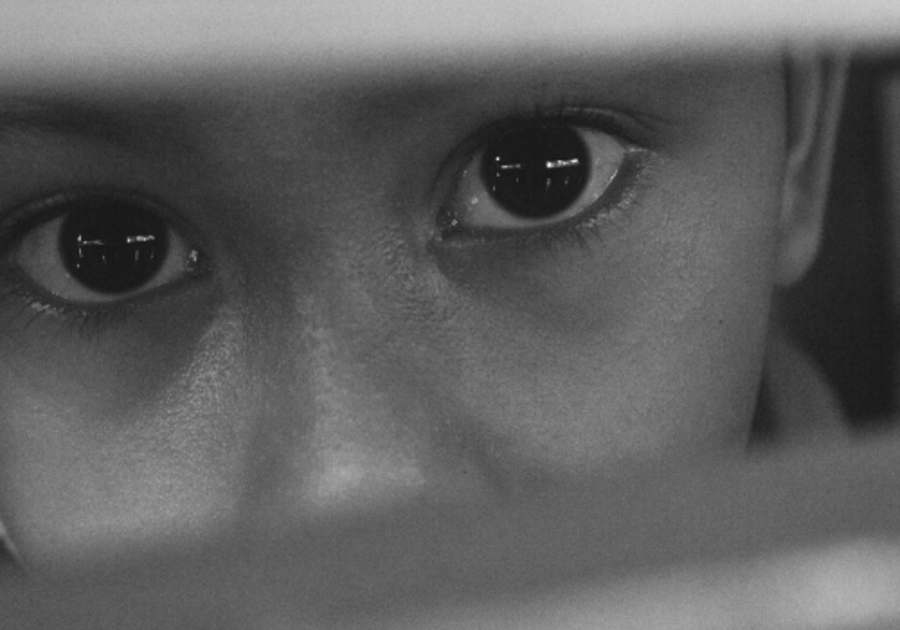We know their names. Polly Klaas. Asha Degree. Jacob Wetterling.
These children were loved and cared for and then one day, they were gone.
Kidnapping by strangers is incredibly rare. In fact, about 100 children -- just a fraction of 1 percent of reported missing children — are kidnapped each year in the type of stranger abductions you hear about in the news, according to the Polly Klaas Foundation. Instead, in nearly every true kidnapping case, the kidnapper is a family member or someone the child knows.
But even knowing statistics like that, stranger kidnapping is something parents worry about. A 2018 study by A Secure Life found 14 percent of parents listed kidnapping as their biggest fear.
Even though the risk is incredibly tiny, we all want to protect our kids from stranger kidnappings.
But should we tell our kids not to talk to strangers?
The Polly Klaas Foundation, started by volunteer searchers of a 13-year-old-girl murdered after being kidnapped from a California slumber party, offers these four insights about the flawed idea of teaching kids "stranger danger":
Children and strangers
1. Children often think "strangers" look bad or mean or dirty. They can think that if someone looks nice, that person is not a stranger. Fact: Many molesters know this and purposely dress nicely so they can more easily lure children.
2. Children can become confused when given rules like "don't talk to strangers" while their parents say "hi" to people on the street and chat with the grocery clerk. Children can think if a person has spoken to their parents just once, then that person is not a stranger. Children can decide that if their parents talk to strangers, they can too.
3. If a child is lost or has no trusted adult nearby, everyone is a stranger to that child. How is your child going to find help without talking to strangers?
4. The great majority of people who abduct or molest children are not strangers. They already know the children they harm.
Dangerous adult behaviors
Those reasons are why, instead of "don't talk to strangers," the Polly Klaas Foundation "strongly suggests you teach your children to watch out for dangerous adult behaviors."
The Foundation offers four simple rules parents can teach kids about dangerous adult behaviors:
1. If any adult or older kid offers you anything without asking me, step way back, yell, 'NO!', run away, and tell. (This applies to candy, pets, treats, job offers, photographs, rides on motorcycles, etc.)
2. If any adult or older kid asks for your help without asking me first, step way back, yell 'NO!', run away and tell. (This applies to mailing a letter, picking something up for an injured person, approaching a car to give directions, doing yard work, looking for a lost puppy, etc.)
3. If any adult or old kid asks you to keep a secret, step way back, yell 'NO!', run away, and tell.
4. If any adult or older kid touches your private parts (parts covered by a swimsuit) or asks you to touch your private parts or somebody else’s, step way back, yell 'NO!', run away and tell.
The Polly Klaas Foundation also advises that you reassure kids you won't be mad if they make a mistake. It's part of the learning process.
You can also teach children ways to identify people they can ask for help, like store clerks and women with children.





